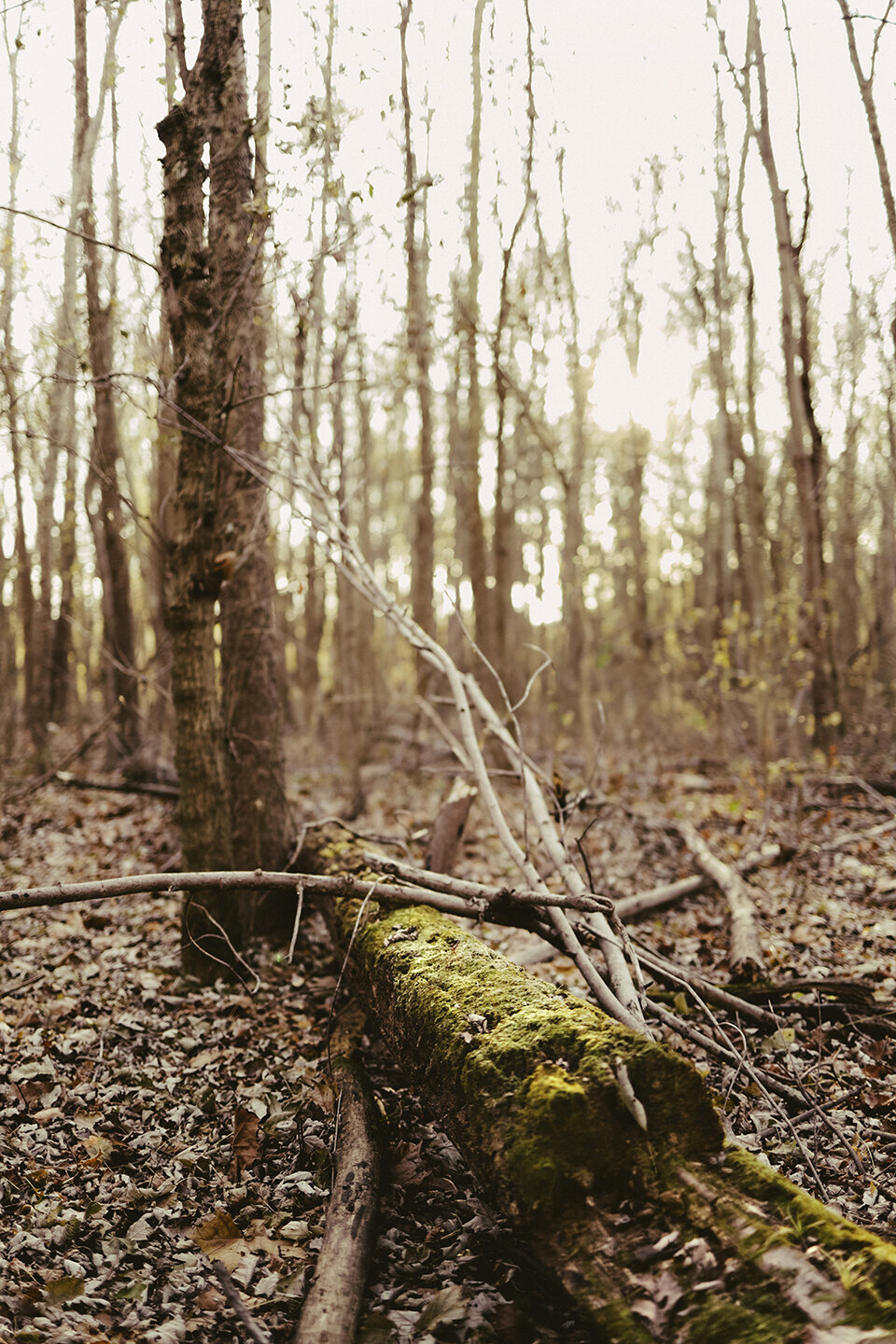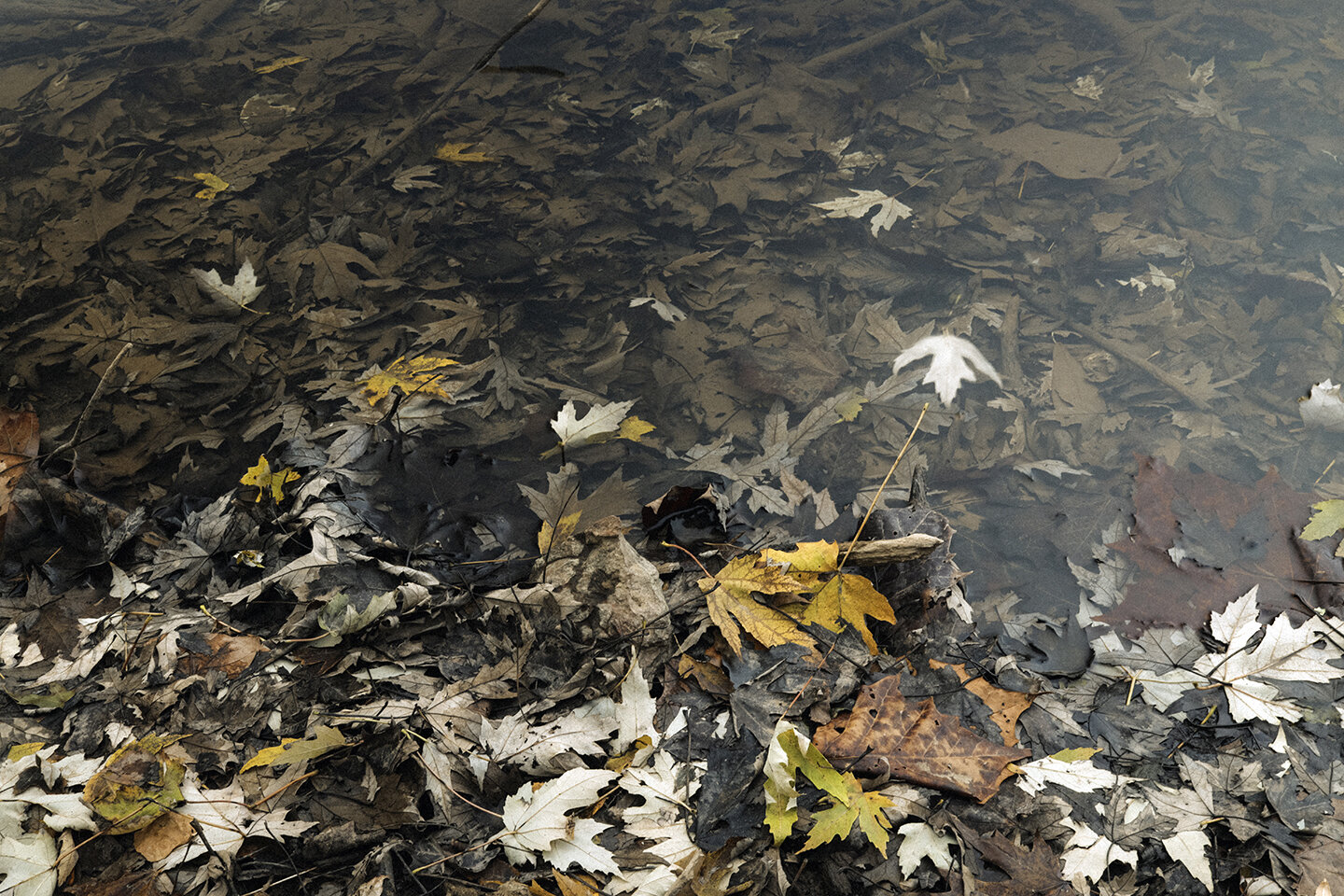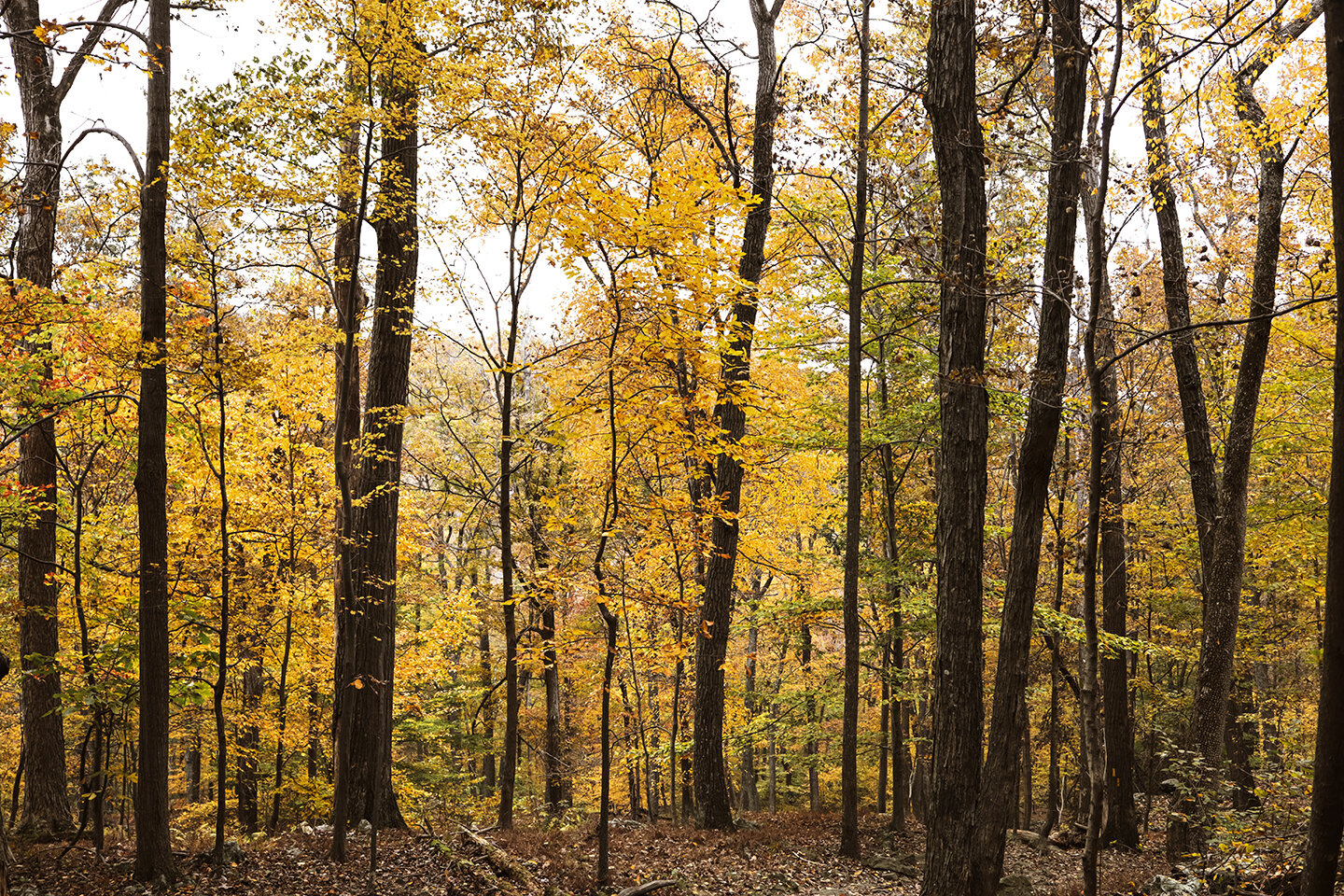This is Mini. Mini spent the first two years of her life in a puppy mill until her captors abandoned her in the Everglades. For months she battled crocodiles, snakes and other beasts until she was finally rescued by a park ranger. She was then adopted by a lovely couple and she now lives in the lap of luxury in West Palm Beach Florida. We made this photo of her recently while she was in town for a visit.
New Work
It has always been an important part of my artistic process to pursue and create work in various artistic mediums. Moving from photography into painting and drawing and mixed media experiments and back around to photos is a good way to challenge myself and see things from a different creative perspective.
Whether you’re a photographer or sculptor or graphic designer it can be nice to find inspiration in genres outside of your profession and comfort zone, to study other artistic disciplines and bring back your favorite lessons to help inform and invigorate your work.
Monk
It’s always a fun time when Monk the Mastiff is hanging out in the studio. Here are a few photos we made while he was here recently.
The subtlety of color and light
During the early winter months on the eastern side of North America the late afternoon light creates some subtle, yet remarkable variations of color through the landscape.
A little bit off the path
While we were out for a walk a few days ago I heard what sounded like a stream but couldn’t see anything from the path we were on. We took a right and waded through a rough patch of dry underbrush. About fifty yards from the trail I noticed an incline that led to a small ravine where rainwater was passing through an old pipe under some rail tracks, flowing into a soft and peaceful stream. Before I could decide if it was safe to climb down Scully was at the bottom and busy exploring this tiny oasis. Here are two photos we made.
Variations
Both of these photos were made in almost at the same spot within a few minutes of each other. During our hike the sun was peaking in and out of the clouds and this presented a decent opportunity to illustrate how variations in the quality of light can produce two different images. Both photos were made using only natural light, in the image on the right the sun was being diffused by cloud cover and in the left image the subject was lit by the sunlight beaming through the forest.
Autumn Leaves
I love watching the seasons change, especially summer into fall. With these recent photos I was interested in the way that photography can record nature projecting the fleeting passage of time. Some of these photos were made in the studio and some were made outdoors with natural light. The lighting was the same for all of these photos, one large, directional source behind the leaf, slightly off center. This set up allowed the light to flow through the translucent leaves and show off the color and texture.
A few simple snapshots from an afternoon walking a quite trail over fallen leaves watching the sun drift through the trees and old stone ruins, pushing long shadows low across the ground. For these images I just exposed for the highlights and let the rest of the tonal values do their thing.
One of my favorite environments to photograph in is a grey, drizzly day when the clouds hang low across the sky creating a gentle and soft diffusion of light. It’s like being in the studio and having a giant soft-box over your entire scene. The shadows melt into the mid-tones and the highlights soften up nicely against everything else.
A few days ago that was the scene for the entire day and we took advantage of this ambience to grab a few photos at a charming spot in Northern Maryland. I spent a good amount of time photographing similar scenes with both a shallow and a deep depth of field and I am finding more and more these days that even with vast landscapes I still prefer a smaller aperture and shallower depth of field.
Bears and Border Collies
Scully saw her first bear a few days ago and although we were too busy staying well out of his way to get any good photos we did manage to get this nice image later in the day, which serves as a fun memento of the adventure and how beautiful this part of the country is. This image was made using an 85mm lens, one of my favorite focal lengths. The way that it slightly compresses space can produce some beautiful images close up or at a distance and at a shallow depth of field this focal length can create a nice, soft, ethereal feeling around the subject.
*85mm, f1.4, 1/1250 sec, ISO 400
Rising shadows.
The afternoon light during the autumn months in eastern North America happens to be my favorite. Here is another recent photo where we were paying close attention to light and shadows. The shadow:highlight ratio on this image was pretty wide and I decided to expose the image so that the brightest highlights still had a slight bit of detail. I thought this would throw the shadow areas into complete darkness but I was pleasantly surprised that most of the shadows still had a good bit of information and ended up falling into approximately Zone II and III. (I’ll write more about the zone system in a later post.)
*technical info: 35mm, f2.8, 1/5000, ISO 200
Pause.
Many know Scully as the intensely fun loving tennis ball fanatic always racing full throttle after her soggy squeaking ball in a seemingly endless game of fetch.
What some don’t see is how often she sits, warming her paws in one sunbeam or another, waiting patiently for the next adventure.
*This photo was created using natural window light and metering to properly expose for the highlights. The ratio of highlights and shadows were extreme, this caused the part of the scene that was not being lit by the sunbeam from the window to fall into complete shadow.
*35mm, f1.8, 1/500th sec, ISO 200
*85mm, f1.2, 1/80th sec, ISO 100
Directing a scene
Two photos we made recently to illustrate the way that changing the lighting and composition of an image as well as directing your model can create a more interesting narrative. Both photos were made in the same location. In the second image we added one flash off camera at a 45-degree angle to the subject. This light became the main light source. We increased the shutter speed to darken the background, this allowed the light to the left of the frame to be a little less blown out. The camera was moved to a lower angle and the lens was pointed through a chair in the foreground to give the image an extra layer and a little more depth.
*85mm, f1.4, 1/640th sec, ISO 100
With this image I was experimenting with a higher ISO in a low light situation. While The Duppies were playing a great set I noticed that the main ambient light source was creating a nice dramatic scene. I metered so that the subject would be properly exposed and made this image using a 35mm lens at f1.8, 1/250 sec, @ ISO 6400. The light source at the top of the frame in the background also helped to add a little bit of fill light.
Summertime Rolls
Balancing on the edge of summer with a frolicking canine.
This photo was made while scouting a location prior to a session scheduled for that day. Although I got some great pictures of the human subjects this was one of my favorite images. A soft breeze was shaking leaves from the trees and I was watching deer cross the yard in the distance. This pup came barreling towards me, stopped abruptly and threw himself onto the ground into a carefree back scratch dance just because. I wanted to join him but opted to create this photograph instead.
Spontaneity
This photo opportunity came out of nowhere! While I was on a walk with my pups they suddenly decided to tear off towards the woods through the freshly fallen snow. Luckily, I had my camera with me and quickly raised it up and adjusted the settings. I instantly knew I was faced with two challenging variables, the brightness of the snow, and the sun coming through the trees, subtly backlighting the scene. Because of this I knew my light meter would likely overcompensate and underexpose the image, I immediately set my camera to over expose by one stop. Knowing my equipment and being familiar with various lighting situations helped me get this shot. I also had only a spilt second to compose the image due to the speed of my pups! Being familiar with all of the different variables involved in making a photograph comes with practice, and that is something you can never have enough of!
Bokeh (BOH-key)
Have you ever wondered what the poetic blur in those beautiful shallow depth of field photos is called? The term is Bokeh (pronounced BOH-kay, from the Japanese word boke which means blur, or haze).
In photography, bokeh is the aesthetic quality of the blur produced in the out-of-focus parts of an image, also defined as "the way the lens renders out-of-focus points of light". Different lenses render this effect in different ways depending on the shape of the lens, aperture, and lens aberrations. (Lens aberration “refers to a defect in a lens such that light is not focused to a point, but is spread out over some region of space, and hence an image formed by a lens with aberration is blurred or distorted, with the nature of the distortion depending on the type of aberration”.) Differences in lens aberrations and aperture shape cause some lens designs to blur the image in a way that is pleasing to the eye. Bokeh occurs for parts of the scene that lie outside the depth of field. I often enjoy deliberately using a shallow depth of field to create images with prominent out-of-focus regions. The shallower the depth of field (i.e. f2.0, or f1.8) the more prominent the bokeh will appear.
This technique can be incredibly beautiful and useful when making portraits. By focusing on the prominent features of your subject, like the eyes, you can really draw the viewers attention into the gaze of the subject while eliminating distracting background information.
Photographing the Same Place
I have visited this location many times and this spectacular landscape always seems different, new and exciting. Sometimes the clouds hang low, casting shadows on the valley floor and sometimes the skies are a deep blue, bringing out the vibrant greens of the forest. This time there was a soft misty fog and the foliage was dusted with frost. Whatever the scene, this location is always magical and inspiring and makes for a fantastic backdrop to create photographs! My point is, it is okay, and even important to continue to return to the same location to create photos. Each time try to see it from a new perspective, this concept is something that has definitely sharpened my eye and skills as a photographer.
Highlights and Shadows
A snapshot of a skull I found on an adventure in the southwest. This photo was made around noon, with the sun high overhead and the ratio of highlight to shadow was extreme. I decided to expose for the highlight value and let the shadows fall into a deep black which I dodged slightly in post production. The shallow depth of field was created by using a 35mm lens at f2.0.
Turquoise Lake in Black and White
I’ve been spending more time lately searching for, and observing scenes that lend themselves to black and white renderings. I believe that evaluating a scene as a black and white image can really help to strengthen your sense of composition. I’ve also been diving deeper into post production techniques for black and white images. Although i often enjoy photographing with a very shallow depth of field I decided to go with a very small aperture for this image which rendered almost the entire scene in focus.











































